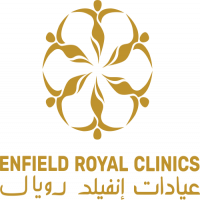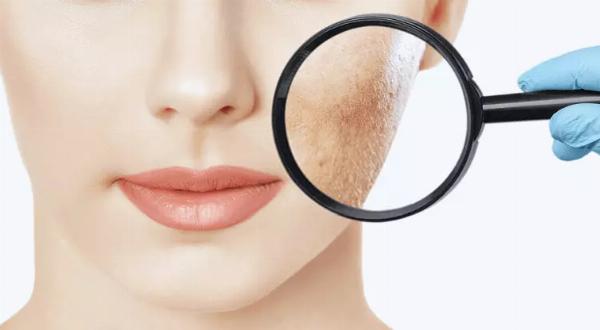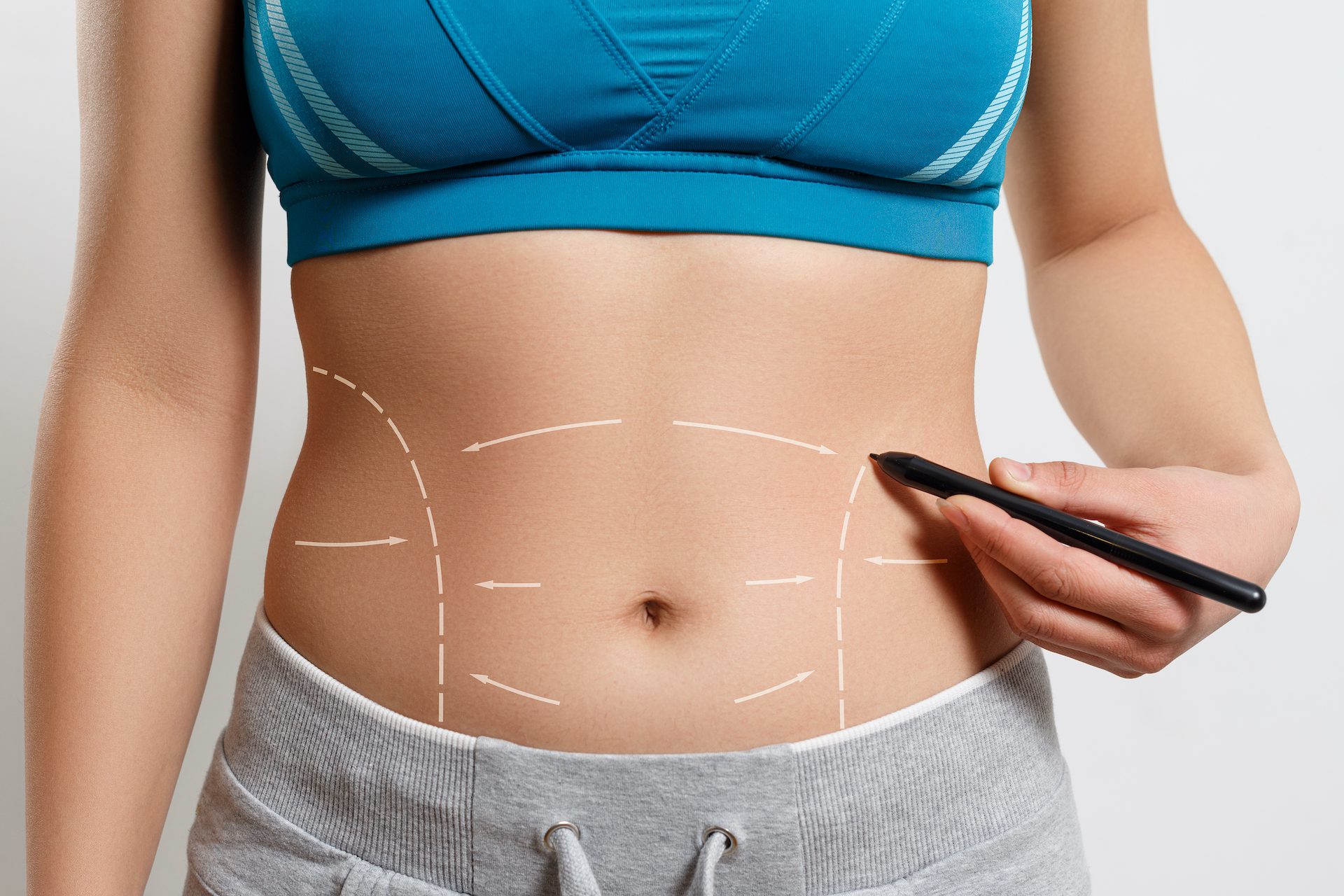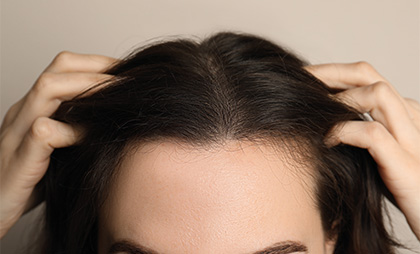The Impact of Fat Melting Injections on Your Skin
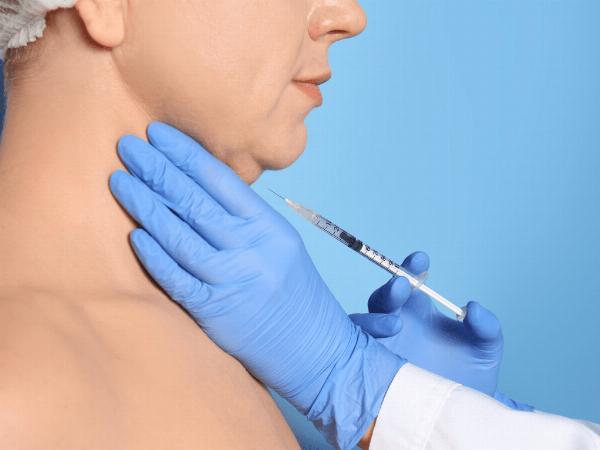
Introduction
Fat melting injections involve the administration of substances directly into specific areas of the body to break down fat cells. The most common ingredients used in these injections include phosphatidylcholine (PC) and deoxycholate (DC). These substances work by disrupting the integrity of fat cell membranes, leading to their breakdown and eventual removal through the body's natural metabolic processes.
Effects on Skin Quality
Localized Fat Reduction: The primary objective of fat melting injections is to reduce stubborn fat deposits in areas such as the abdomen, thighs, hips, or under the chin. As fat cells are targeted and broken down, the treated areas often exhibit a more sculpted and contoured appearance.
Improvement in Skin Tightness: Beyond fat reduction, some individuals experience improvements in skin tightness and firmness in treated areas. This effect is particularly noticeable when significant fat loss occurs, contributing to enhanced body contouring.
Cellulite Reduction: While not a primary purpose, fat melting injections may also lead to a reduction in the appearance of cellulite. Cellulite, caused by fat deposits pushing through connective tissue beneath the skin, can be diminished as fat cells are eliminated.
Benefits of Fat Melting Injections for Skin Health
Non-Surgical Approach: Unlike invasive procedures such as liposuction, fat melting injections offer a non-surgical alternative with minimal downtime and recovery. They involve small, targeted injections rather than surgical incisions, reducing the risk of scarring and complications.
Enhanced Aesthetic Appearance: By reducing localized fat deposits, fat melting injections contribute to improved body contouring and a more aesthetically pleasing silhouette. This can boost self-confidence and satisfaction with one's physical appearance.
Skin Texture Improvement: In addition to fat reduction, some individuals report smoother skin texture in treated areas. This may be attributed to the removal of excess fat and the stimulation of collagen production, which can improve skin elasticity.
Potential Risks and Considerations
Injection Site Reactions: Common side effects include temporary swelling, redness, bruising, or discomfort at the injection sites. These reactions typically subside within a few days to weeks post-treatment.
Allergic Reactions: While rare, some individuals may experience allergic reactions to the substances used in fat melting injections. It's essential to discuss any known allergies with a healthcare provider before undergoing treatment.
Skin Sensitivity: The skin in treated areas may feel sensitive or tender immediately following injections. Providers often recommend gentle care and avoiding vigorous manipulation of the skin to minimize discomfort and potential complications.
Long-term Effects: Long-term implications of repeated Fat Melting Injections in Dubai on skin health and elasticity are still under investigation. Continued research is necessary to fully understand the safety and efficacy of these treatments over extended periods.
Candidate Considerations
Skin Elasticity: Optimal results from fat melting injections are typically observed in individuals with good skin elasticity. Skin that is loose or sagging may not respond as effectively to treatment, and additional skin-tightening procedures may be recommended.
Overall Health: Candidates should be in good overall health and have realistic expectations regarding the outcomes of fat melting injections. A thorough consultation with a qualified healthcare provider is essential to assess candidacy and discuss personalized treatment goals.
Treatment Process and Recovery
Consultation: Before undergoing fat melting injections, individuals undergo a comprehensive consultation with a healthcare provider. During this consultation, the provider evaluates the areas of concern, discusses treatment options, and outlines expected outcomes.
Injection Sessions: Multiple treatment sessions may be required to achieve desired fat reduction and skin improvement. The number of sessions depends on factors such as the extent of fat deposits and individual treatment goals.
Post-treatment Care: Following fat melting injections, providers typically recommend gentle massage of the treated areas and avoiding strenuous physical activity. Patients are advised to adhere to post-care instructions to minimize side effects and optimize results.
Monitoring and Follow-up
Assessment of Results: Results from fat melting injections become more noticeable as the body metabolizes and eliminates treated fat cells over time. Follow-up appointments allow healthcare providers to assess progress and make any necessary adjustments to the treatment plan.
Maintenance: To maintain results, adopting a healthy lifestyle that includes regular exercise and balanced nutrition is essential. While fat cells treated with injections are reduced, maintaining overall body weight helps prevent new fat accumulation in treated areas.
Conclusion
Fat melting injections represent a promising option for individuals seeking non-surgical fat reduction and enhanced body contouring. Understanding their impact on skin health involves considering potential benefits, risks, and individual suitability through consultation with a qualified healthcare provider. By making informed decisions and following recommended guidelines for treatment and post-care, individuals can achieve improved body aesthetics while prioritizing skin health and overall well-being.
Note: IndiBlogHub features both user-submitted and editorial content. We do not verify third-party contributions. Read our Disclaimer and Privacy Policyfor details.

